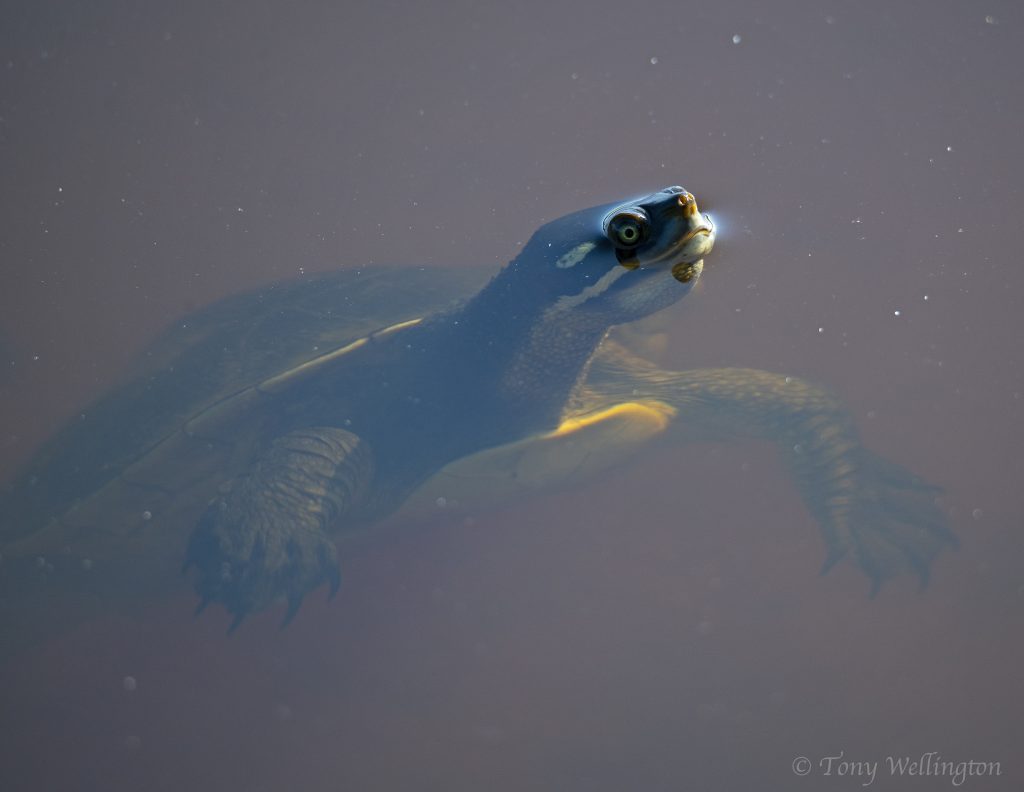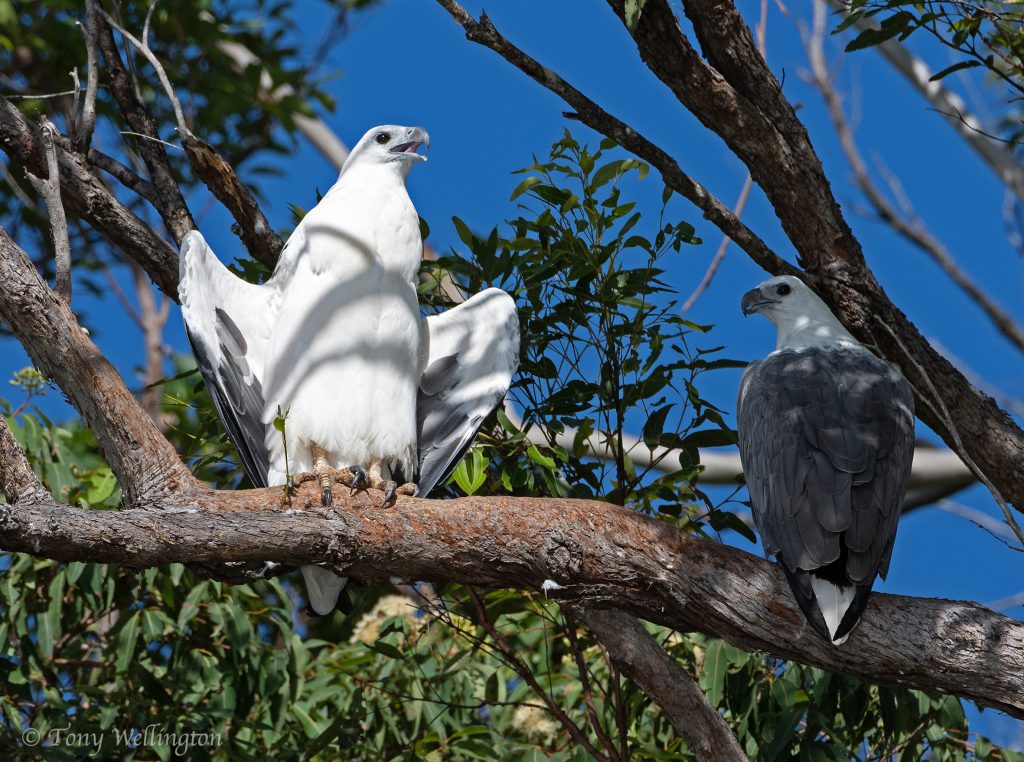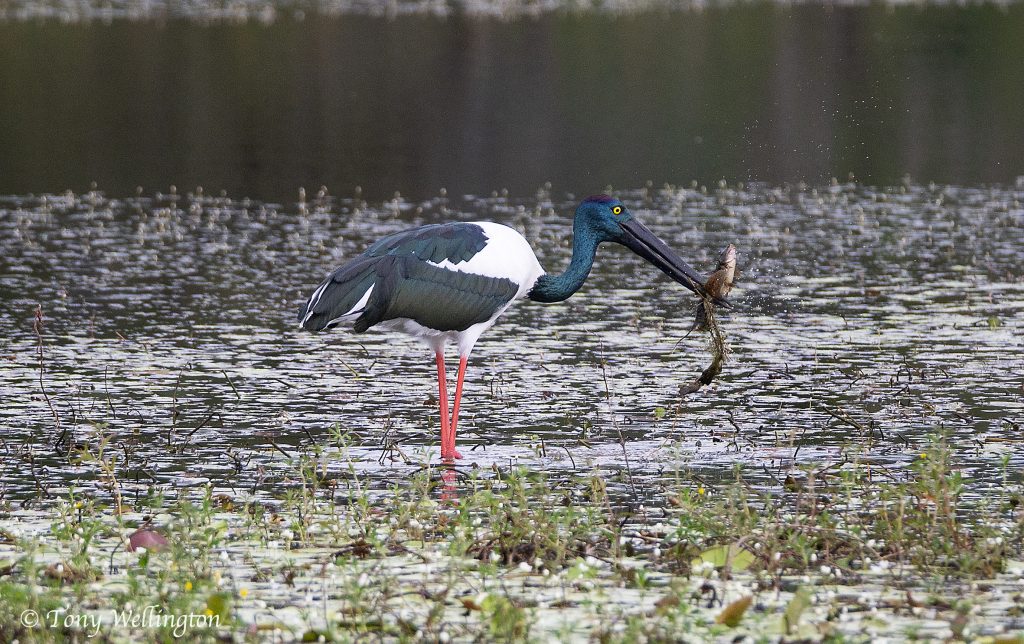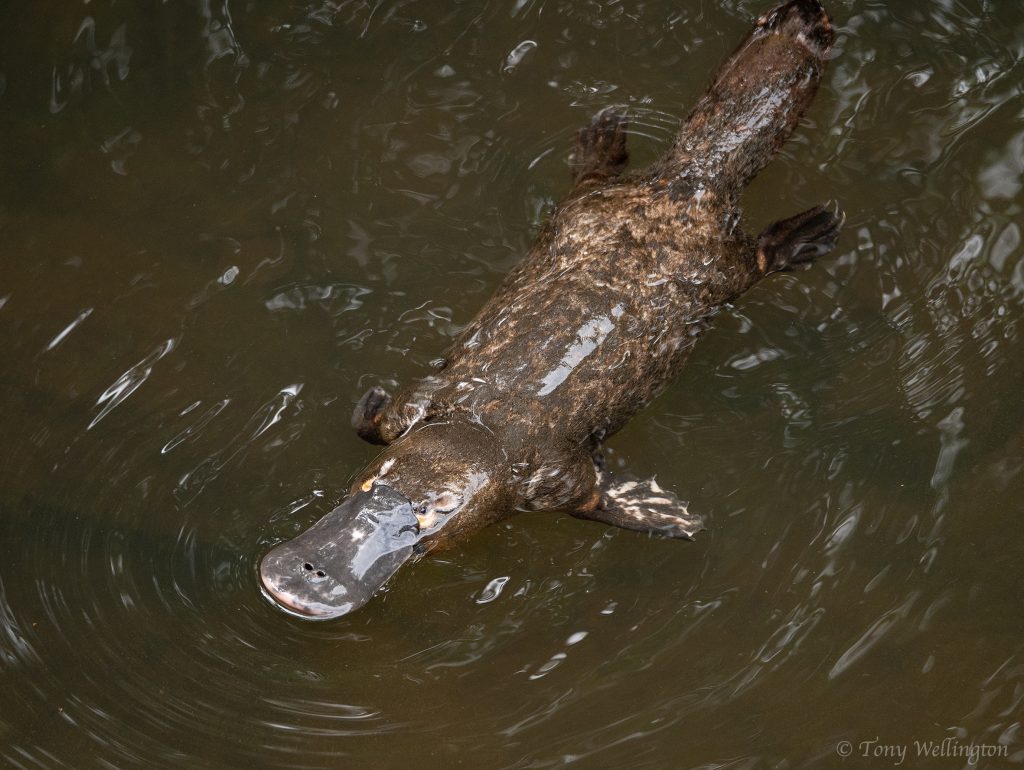Over the years I have made hundreds of early morning visits to the Fearnley Bird Hide off Grange Road on the edge of Lake Macdonald. Egrets, herons, ibis, ducks, swans, grebes, darters, coots, cormorants, terns and swamphen regularly kept me amused. There are also spasmodic appearances by stilts, snipe, rail, dotterel, and pygmy geese.
Before heading down the short path to the hide, there are often critters to be found near the picnic shelter area. Many people drive their cars right up to the picnic table, in the process scaring the wildlife away. But if you park a little further up Grange Road and walk to the water’s edge, you might be surprised at what you come across. It’s a hot spot for kingfishers, honeyeaters, orioles, flycatchers, robin and a whole lot more.



To get to the bird hide, follow the path past the picnic shelter, through the remnant bush. If you approach the hide quietly and tiptoe up to the viewing windows, there’s a good chance you’ll have a close encounter with comb-crested jacana, magically walking across the water lilies.

When the spoonbills are about, you get to see up close how they use their highly sensitive bills to sift the shallows for anything that could prove edible. Recently my camera has feasted on huge jabirus catching catfish.

The hide itself is named in honour of pioneering environmentalists Cecily and Jim Fearnley. Jim was the first Noosa Parks Association member elected to Noosa Council in 1979.
Another way to enjoy the lake is by canoe. Using a Hobie pedal-powered craft, I can often get quite close to kingfishers, white-breasted sea eagles and even conjoined dragonflies as the female deposits her eggs in the water. Magpie Geese and Black Swans regularly build large nests amongst the reeds in the shallow waters. Along the shoreline I frequently see turtles, water dragons, eastern grey kangaroos, and even the occasional swamp wallaby.


There are pros and cons to dams. On the one hand, they are environmentally destructive, interfering with local microclimates, playing havoc with the natural flow of waterways, preventing movement of aquatic species like fish and lungfish (yes, there are lungfish in Six Mile Creek), whilst submerging productive land and natural bush. On the plus side they are great recreation resources as well as havens for much wildlife, including migrating waterbirds. Humans have drained far too many swamps over the years, so artificial lakes provide some recompense for the many wetlands we have destroyed.
Lake Macdonald was built in 1965 and the wall was raised in 1980. These days it is managed by SEQWater as it is linked into the massive grid supplying potable water across Southeast Queensland. It is a relatively small, shallow dam, only 8,000 megalitres at full capacity: so it’s a very minor water resource compared with other dams in the system.


Unfortunately, the lake is infested with cabomba weed, a product of humans emptying fish tanks into the dam. Entanglement in cabomba is one reason why swimming is not permitted. A biological control program was instigated by CSIRO in 2003 with imported aquatic weevils looking promising for a while. But we all know the dangers of introducing yet more exotic animals into our ecosystem. Efforts to harvest the weed using large paddle-wheeled watercraft also proved futile. So the cabomba has won the battle.
When I was on Noosa Council, the dam wall was identified as needing to be rebuilt for safety reasons. The original plan would have seen the dam levels temporarily lowered and construction completed in 2020. Since then, SEQWater have continually changed both the timeframe and their plans for Lake Macdonald, with costs blowing out well beyond the original budget of $127 million. According to SEQWater, the dam wall remains a “high priority project” but it will be “reassessed to ensure prudency” – which is bureaucratic-speak for “when we can afford to look at it”.
One mooted possibility is that the dam may be partly or wholly emptied on a permanent basis to reduce pressure on the dam wall. This outcome would potentially result in an environmental mess. As just one concern, the streams that feed into the dam contain healthy, active platypuses, and SEQWater have no management plans for their survival. I know this because I have corresponded with SEQWater over the issue. Then there’s all the other wildlife that have come to value this human-made water resource – including hominids like me who use it to sate our photographic compulsions!

